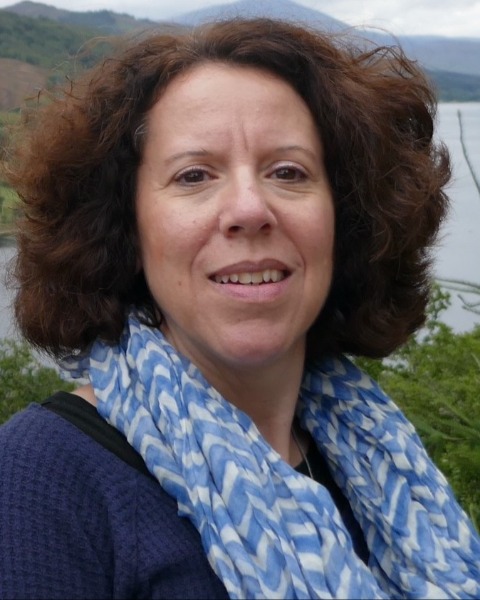Curated Top Poster
Blood Center/Blood Hospital-Based Donor Center
P-BC-3 - Meeting the Rare Blood Needs of a Patient with Sickle Cell Disease Through Gene Therapy

Margaret A. Keller, PhD (she/her/hers)
Executive, National Laboratories; Editor-in-Chief, Immunohematology
American Red Cross
Philadelphia, PennsylvaniaDisclosure information not submitted.
Presenting Author(s)
For several years, a 34-year-old female with sickle cell disease (SCD) and multiple allo-antibodies desired curative therapy. Both hematopoietic stem cell transplant (HSCT) and gene therapy procedures require significant transfusion support. For gene therapy in patients with SCD, a lowered % S is typically recommended in preparation for stem cell collection and conditioning/product reinfusion. Her allo-antibodies, including anti-D, anti-E, and anti-hrB, made locating compatible blood difficult. A prior healthcare facility had decided against HSCT due to her alloimmunization status and the need for rare blood products. When she sought gene therapy, a close partnership was needed between the clinical team and the American Rare Donor Program (ARDP) to obtain the necessary rare RBC units.
Study
Design/Methods: Rare blood requests and the patient’s transfusion history were reviewed. The patient’s RH alleles and predicted RH phenotype were compared to the RH alleles of units received. Donors are assigned Tier 1 when their RH alleles are the same as the patient, and assigned Tier 2, when alleles matched one of the patient’s alleles and assigned Tier 3 when alleles were not the same but encoded a similar phenotype. The number of rare RH allele selected (RAS) donors were tallied. Time to fulfill the rare unit requests was analyzed. Laboratory values (Hgb, Hct, HgbS) were tracked over time.
Results/Findings: The patient was Group O RhD positive with variant RH alleles including the r’s haplotype. The RH phenotype was partial D+ altered C+ partial c+ E- partial e+ hrS+ and hrB-. RBC units were requested to be negative for K, Fya and Jkb. From 2024-2025, over the patient’s stem cell collection and product infusion course, 25 rare units were provided; 23 of these were RAS units. Of these, 15 were Tier 2 and 8 were Tier 3. The units were collected by 10 US facilities in 9 states. Given the scarcity of these units, a goal of keeping the patient’s % S near 50 through simple transfusions prior to the stem cell collection events was set. An RBC exchange transfusion was then completed prior to conditioning and gene therapy product infusion, with a post-exchange % S below 30. The patient required 4 transfusions after conditioning and product infusion. Each transfusion throughout the gene therapy preparation and infusion period resulted in an appropriate rise in hemoglobin and drop in %S.
Conclusions: This case highlights that although rare blood product requests may be difficult to fulfill, it can be possible, in collaboration with the blood supplier and the ARDP, to successfully manage the transfusion needs of a patient with SCD requiring rare units while undergoing gene therapy. As more allo-immunized patients seek curative therapy, this partnership and close communication between blood suppliers and providers will become even more crucial.
